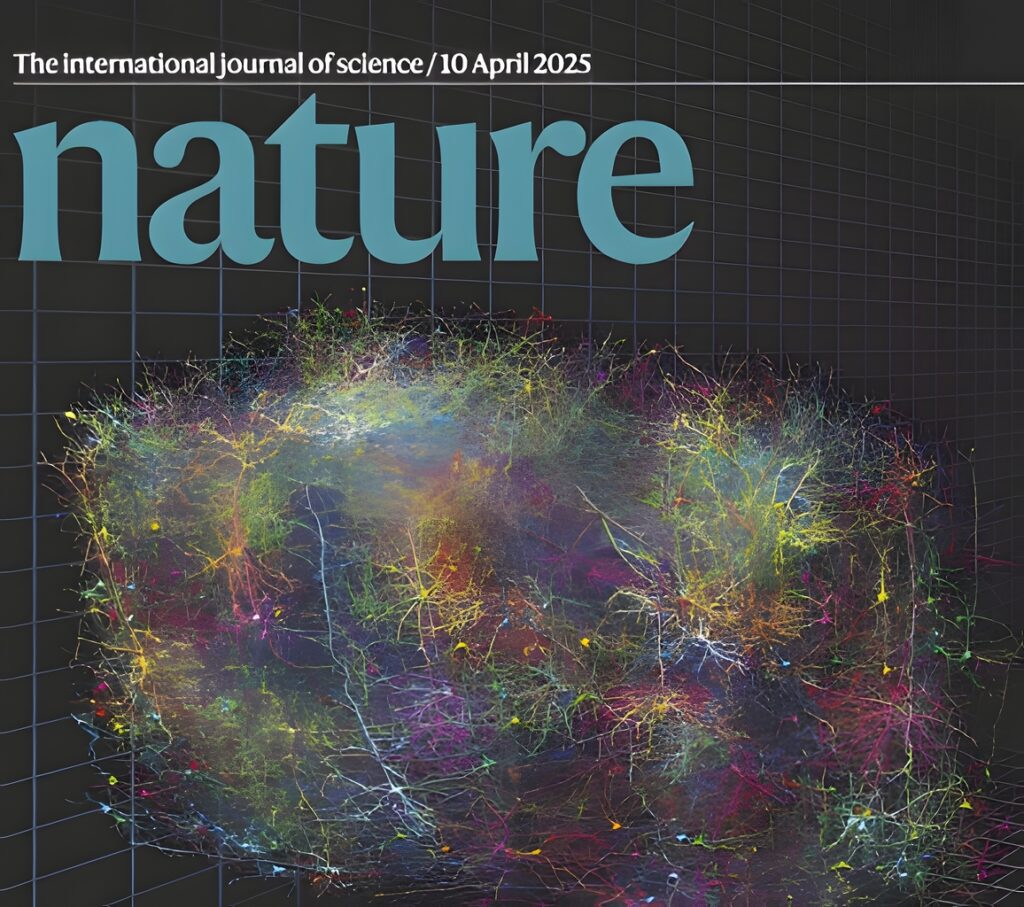Analyzing the ways that different types of bias can intersect in people’s lives will not just advance equity, but it also improves research. In a Nature article, a global multidisciplinary group of co-authors, including CNR-ISMAR researcher Elena Gissi, propose guidelines for including intersectional analysis in natural science and technology research.
Nielsen, M.W., Gissi, E., Heidari, S. et al. Intersectional analysis for science and technology. Nature 640, 329–337 (2025). https://doi.org/10.1038/s41586-025-08774-w
Without intersectional analysis, even the most promising advances in science and technology might miss the point, warn scholars
The problem has been highlighted in the tech world by bias in facial recognition technology, used by millions to unlock their computers or phones. Initially, the technology had almost no problems recognizing white male faces, with an error rate of 0.08%. It had somewhat higher error rates for women and people with darker skin but notably the highest error rates, 34.7%, happened when it attempted to recognize the faces of Black women.
Since then, the technology has started to improve after the problem was identified by researchers using intersectional analysis, which seeks to understand the compounded effects of sex, gender, race, age, class, and other socio-political dimensions.
Recently, a global and multidisciplinary set of co-authors coordinated by the historian Prof. Londa Schiebinger, Stanford University, wrote a perspective for Nature and made a case for including intersectional analysis, a practice developed in the humanities and social sciences, in natural science and technology research.
“There are many examples of how using intersectional approaches led to better science—to more precision and reproducibility,” said the authors.
Intersectionality is about how multiple forms of discrimination, power, or privilege intersect in people’s lives. By considering the compounded impact of factors such as gender, race, and ethnicity, researchers can better understand problems and find solutions. The authors emphasize that ignoring intersectionality can lead to missing the most relevant characteristics and the main story, which can result in ineffective policies.
For example, research on pollution from plastic and plastic-related chemical production has shown that geographic location is an important factor. However, adding age to the analysis revealed that children are the most vulnerable due to their early stages of physical and cognitive development. Gissi, who contributed on environmental analysis, suggests that adding sex to the analysis could uncover issues related to pregnancy and differences in how men and women metabolize chemicals.
The authors aim to provide guidelines for researchers, peer-reviewed journals, and funding agencies to incorporate intersectional analysis into their work. This approach has already seen success in sex and gender analysis, which has been embedded in the infrastructure of funding agencies like the European Commission and the National Institutes for Health. Thousands of journals, including JAMA, Nature, and Cell Press, have adopted guidelines for race, ethnicity, and other socioeconomic factors, but there is a lack of guidelines for intersectional analysis.
The global and multidisciplinary set of authors, representing the U.S., Europe, Africa, and Asia, highlights the importance of considering social categories that vary by culture. In the U.S., for instance, sex, gender, race, and socioeconomic status are commonly considered, while in India, caste is also a significant factor. In South Africa, race categories differ from those in the U.S.
Despite challenges posed by the current political climate in the U.S., Schiebinger believes that intersectionality has already become a standard form of research because it leads to better science. Precise science supports policy, and policy leads to global solutions. As long as researchers have the freedom for research, thought, and speech, they should use the best methods for their projects.
For further information, the article is available at the following link: https://www.nature.com/articles/s41586-025-08774-w


